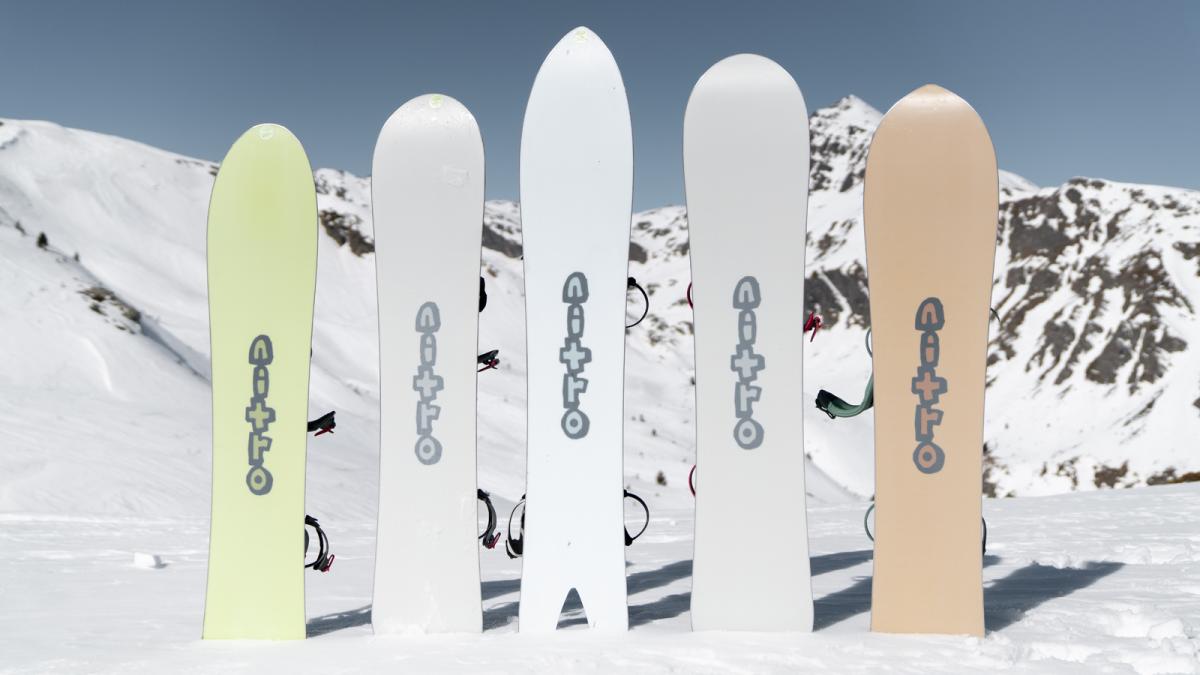Points to consider when choosing your snowboard:
Skill level, height and weight, riding style
K2 advice: remember that the above three points determine functionality and suitability therefore they are much more important when choosing your snowboard than price, colour or design.
Skill levels (beginner (newbie), intermediate, advanced)
Your skill level will principally determine the physical features of the board you need like stiffness and construction.
Beginners (just started to learn snowboarding, uncertain and cautious riders) need a board with a softer flex than more advanced riders. The flexibility of the board depends on the kind amount and berth of materials – wood, graphite, Kevlar, carbon or other- that were used for building the given board. The base can also be of different materials. The cheaper models are in general not that fast but are easier to repair while the pro or racing snowboards have bases made of a material of higher molecular weight and density and slide faster but on the other hand they are more difficult to repair and their base material have a lower capacity to hold wax. The boards might differ looking at their edges as well. More professional boards have stainless steel edges while edges of cheaper models are made of other metals. The price of a snowboard is very strongly influenced by the types and quality of materials used.
K2 advice: it is advisable for beginners to rent their equipment the first few times out on the slopes before deciding which snowboard would be ideal for them to own.
Intermediate riders (comfortable with common riding techniques)
should consider flexibility and intended riding style when choosing their board. Some intermediate riders rather stay on the pistes while others are ready to try the woods, powder snow or even park. For the tracks an all-terrain or all mountain board for high-speed riding an alpine board is ideal while in deeper powder snow the slightly wider freeride boards are best as they do not sink easily. Twin tip, symmetrical freestyle boards with shovels at both ends are used in parks.
Advanced riders (comfortable with riding all tracks and off slope, have a preferred riding style)
should choose the snowboard that agrees in flexibility and construction with their riding style.
K2 advice: the many snowboarding websites, forums and web-shops offer relevant information and can help you find out about the board you would like to buy but for the actual purchase ask for professional help in the K2 Shop. (To see for example how flexible a board is, you should rather check it out in person.)
Height and weight:
The next important step after considering the skill level is finding the right board length based on your height. As a beginner the ideal size board for you is one, that when placed vertically in front of you reaches up to between your collarbone and your chin. This length makes it easy for a beginner to control the board at turns yet ensures stability on straight stretches even at a lower speed. For intermediate riders the board should reach up to between the chin and the mouth while for advances snowboarders up to the nose. The longer boards ensure stability for high-speed riding. The weight of the rider is another important factor as it also affects the parameters of the appropriate board. For heavier riders the board can be a little longer than described above so the weight is distributed on a bigger surface. Wide boards are –as it follows from the name- wider than the average and are for those who have bigger feet.
Snowboard types:
Alpine / race: this type of board is ideal for those who like higher speed and cleaner carved edge turns. Alpine boards have a superior edge-holding power, they keep direction reliably on hard snow but the matching bindings and boots allow less freedom for your feet as you move. These boards are longer, harder, narrower and only their nose end has a shovel.
Freecarve: the more comfortable version of a race board. They also are made for sharp edge turns but as they are a little softer they make for less demanding, less gruelling snowboarding. They are often wider than the race boards so the stance angle can be smaller. It is also common that the tail end also has a shoovel enabling the boarder to ride fakie. Freecarve boards are compatible with soft bindings.
Freeride: freeriding is also known as "all-mountain snowboarding". The boards belonging to this group of freestyle boards were developed for riding off piste. They are longer and wider than other boards consequently with their larger surface area they float on the surface of deep powder snow. The centre of the sidecut and the inserts are shifted from the centre towards the tail enabling the tip to rise above the snow surface. These boards are built with a softer tip and a smaller shovel at the tail end.
All terrain: this is a category where freestyle boards for ‘general use’ belong. Their stiffness, length and also their width can be described as average. They can however –with changing the stance angle and the position of the binding- be easily used as freestyle or freeride boards.
Freestyle: Freestyle is all about the thrill and tricks of the sport. Freestyle boards are made for jumps, tricks, rail slides, half pipes, and switch riding, they are slightly shorter and narrower than other board types and typically twin tip.
Slide: Slide boards are wide and extremely soft. Their edge is hidden under the base material to make balk while sliding almost impossible. They are especially suitable for riding on various bars or edges with uneven surfaces and not exclusively the half-pipe.
Further parameters:
Sidecut (radius): This figure describes the ability of the board to turn. The lower the value, the easier the board turns and the more its shape resembles an hourglass so the tip and tail ends are relatively wide compared to the waist. If the sidecut radius is a higher figure, the board allows for longer, sweeping turns but is easier to control and allows for more maneuverability at higher speed.
Binding board compatibility: some boards have 4 holes for mounting bindings, some others 3 and some new models employ a metal track (channel) system. The latter two are used by BURTON. You should always pay attention to board binding compatibility when choosing your snowboard.
Choosing your snowboard

How to choose and buy the appropriate snowboard? It is not an easy task to find the ideal board given the variety available in the market...


